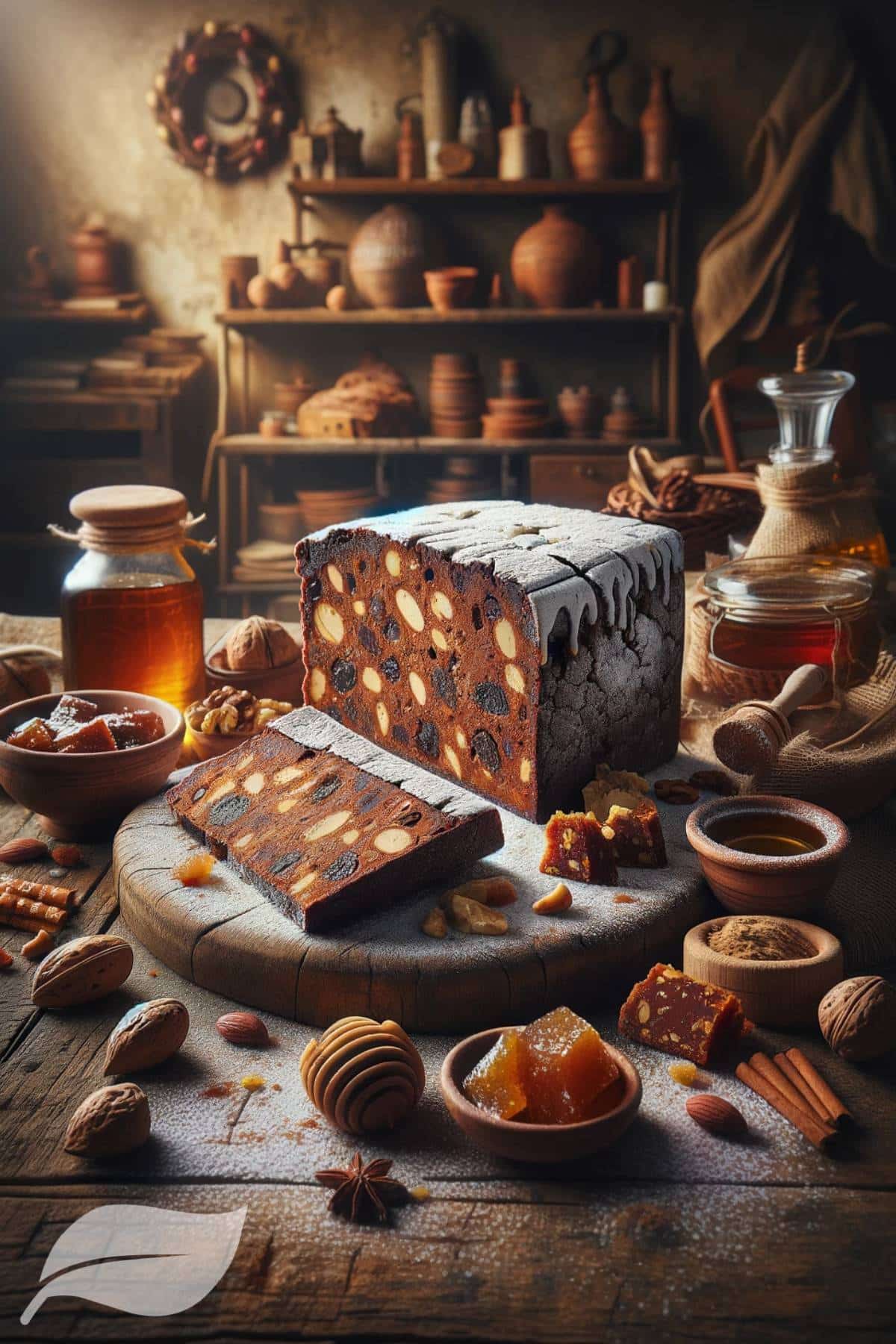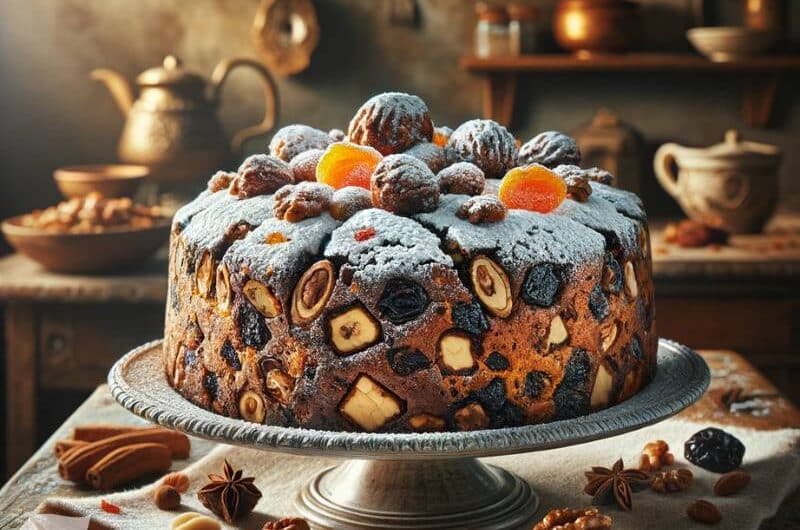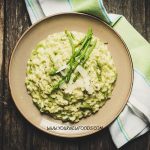Traditional Tuscan Panforte Recipe: A Rich and Spiced Italian Dessert
Table of Contents
ToggleKey Takeaways for Traditional Tuscan Panforte
Aspect | Details |
|---|---|
Main Flavor | Rich, spiced, and nutty |
Key Ingredients | Nuts, dried fruits, honey, spices |
Preparation Time | 1 hour 10 minutes (including baking) |
Serving Size | 12 slices |
Difficulty Level | Easy |
Storage | Up to 4 weeks in an airtight container |
Nutritional Note | High in energy and natural sugars |
Ideal Pairing | Espresso or Vin Santo |
Occasion | Festive seasons, dessert, cheese boards |
Customization | Vegan and nut-free options available |
Remember, this Panforte recipe is more than just a dessert; it’s a journey through Tuscan culinary heritage. Enjoy making and savoring it!
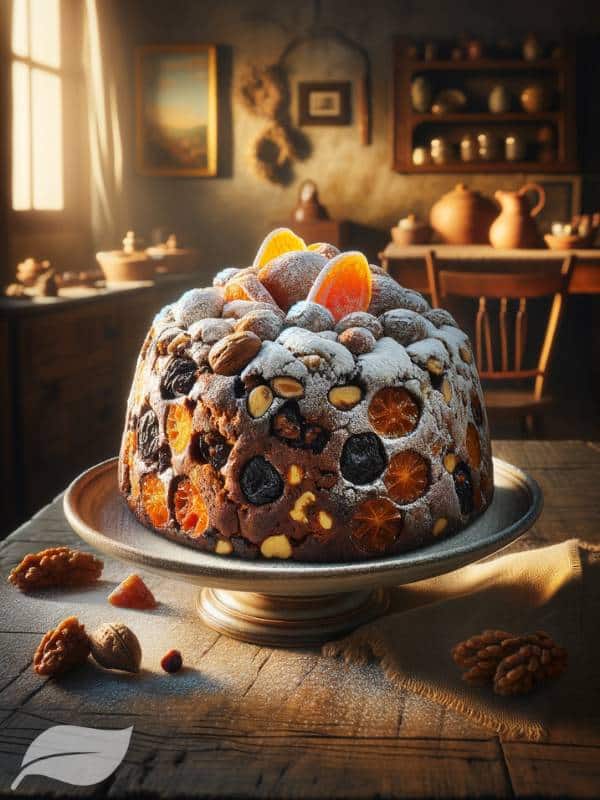
Introduction
What is a Traditional Tuscan Panforte?
Panforte, a centuries-old sweet treat from Tuscany, Italy, blends nuts, fruits, and spices into a dense, chewy confection.
It’s a harmonious mix of flavors and textures that’s deeply rooted in Italian culinary tradition.
Why is Traditional Tuscan Panforte So Popular?
This Italian dessert has gained global popularity for its rich flavors and versatile nature.
It’s a staple during festive seasons and a beloved treat for dessert aficionados worldwide.
Benefits of Making Traditional Tuscan Panforte at Home
Homemade Panforte ensures quality ingredients and allows for customization.
It’s a delightful way to bring a piece of Tuscan tradition into your kitchen.
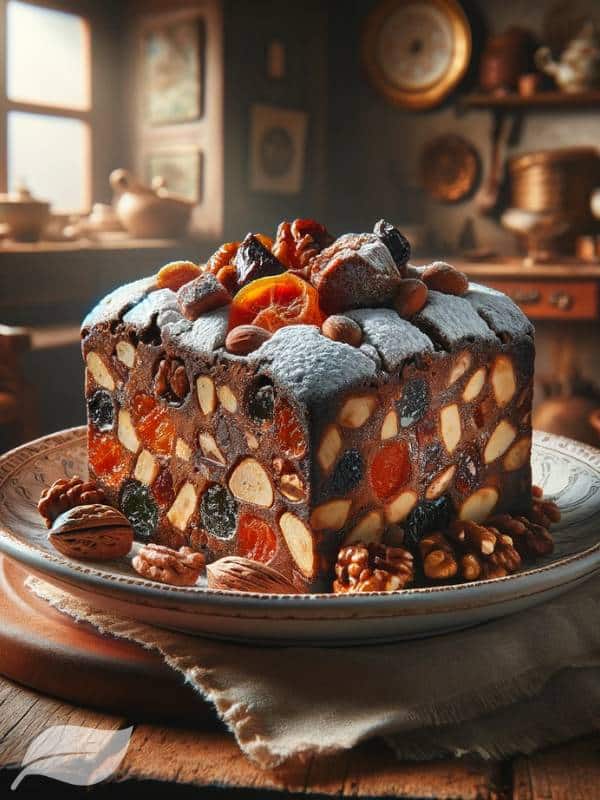
Ingredients
| Ingredient | Quantity |
|---|---|
| Honey | 1/2 cup |
| Sugar | 1 cup |
| Dried figs | 1/2 cup, chopped |
| Candied orange peel | 1/2 cup |
| Almonds | 1 cup, toasted |
| Hazelnuts | 1/2 cup, toasted |
| Flour | 1 cup |
| Cocoa powder | 2 tbsp |
| Ground cinnamon | 1 tsp |
| Nutmeg | 1/2 tsp |
| Cloves | 1/4 tsp |
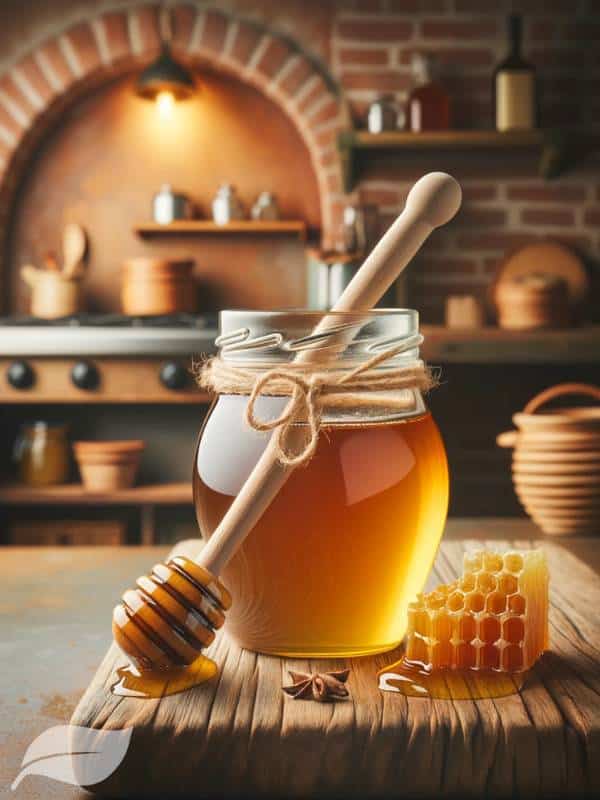
Preparation Time and Servings
- Preparation Time: 30 minutes
- Cooking Time: 40 minutes
- Total Time: 1 hour 10 minutes
- Servings: 12 slices
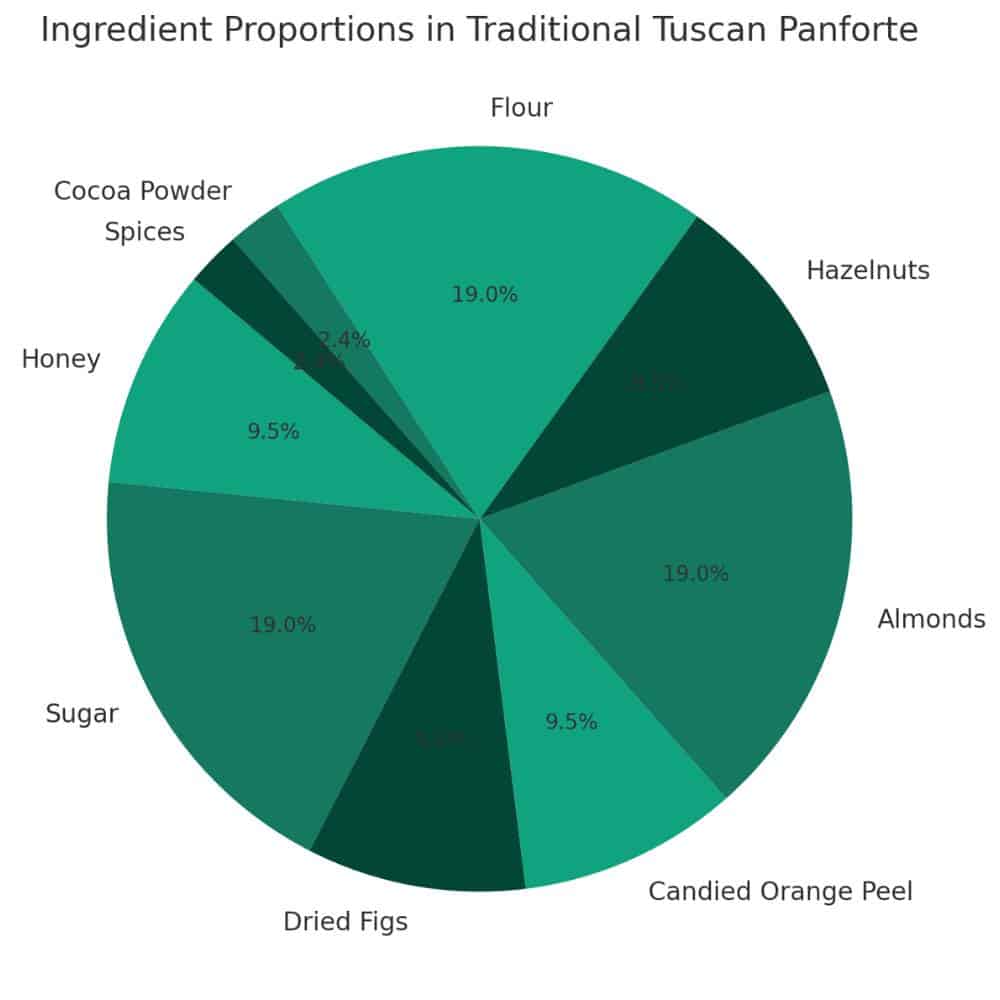
What Each Ingredient Adds to the Recipe
- Honey & Sugar: Provide sweetness and a chewy texture.
- Dried Figs & Candied Orange Peel: Offer fruity notes.
- Almonds & Hazelnuts: Add crunch and nuttiness.
- Cocoa & Spices: Contribute to the deep, warm flavors.
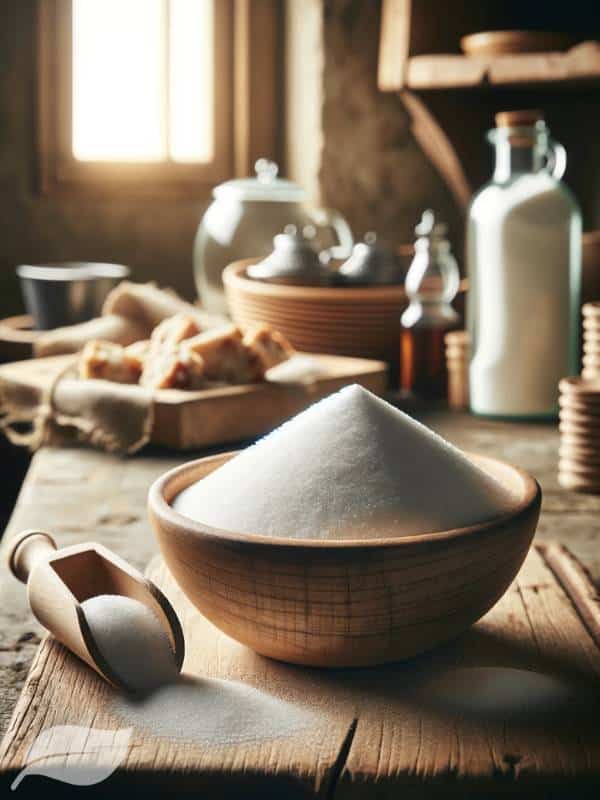
Hints and Tips
- Use a heavy-bottomed pan to prevent the sugar from burning.
- For more Italian dessert ideas, explore our top Italian dessert recipes.
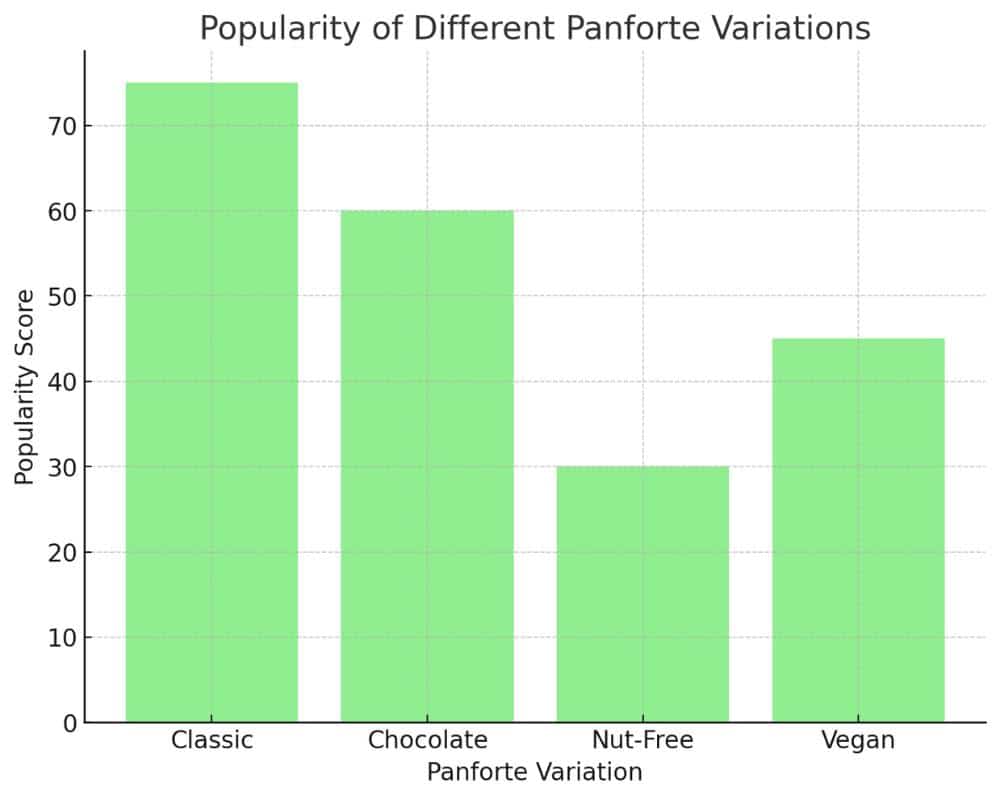
Variations Of Traditional Tuscan Panforte Recipe
- Vegan Version: Substitute honey with maple syrup.
- Nut-Free: Use seeds like pumpkin or sunflower.
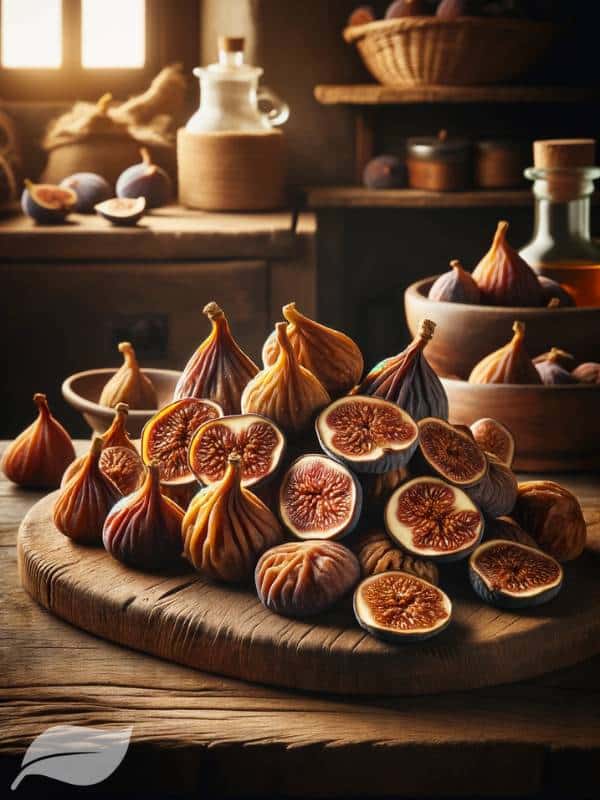
Serving Suggestions For Traditional Tuscan Panforte Recipe
Serve Panforte with a dusting of powdered sugar and pair it with a strong espresso. It’s also a great addition to a cheese board from our Italian appetizer recipes collection.
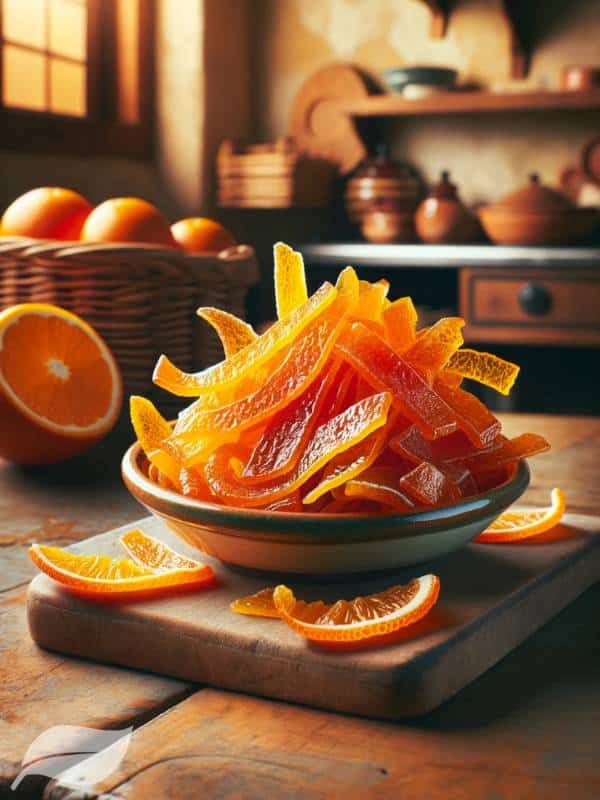
Nutrition Values
Panforte is rich in energy, providing about 300 calories per slice. It contains healthy fats from nuts and natural sugars from fruits.
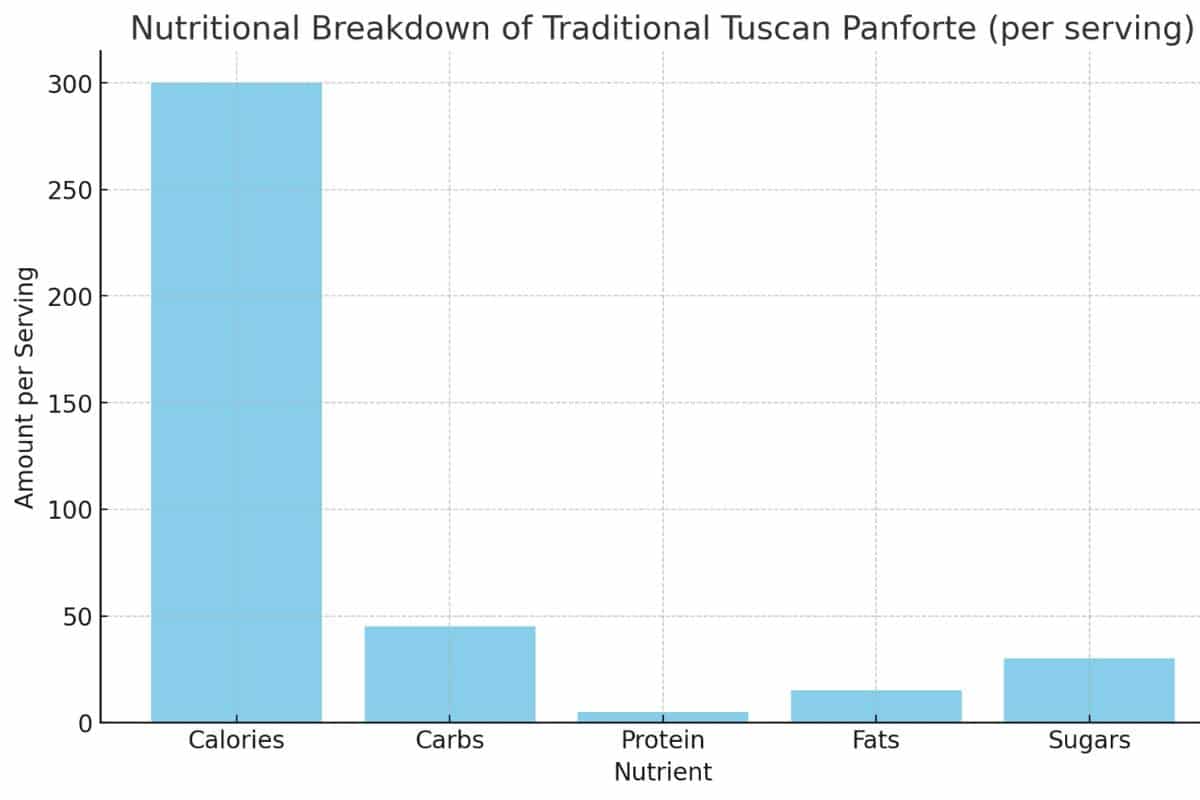
Difficulty Level Of Traditional Tuscan Panforte Recipe
Easy: This simple recipe requires basic baking skills, making it accessible for beginners.
Storage
Panforte can be stored in an airtight container for up to 4 weeks, retaining its flavor and texture.
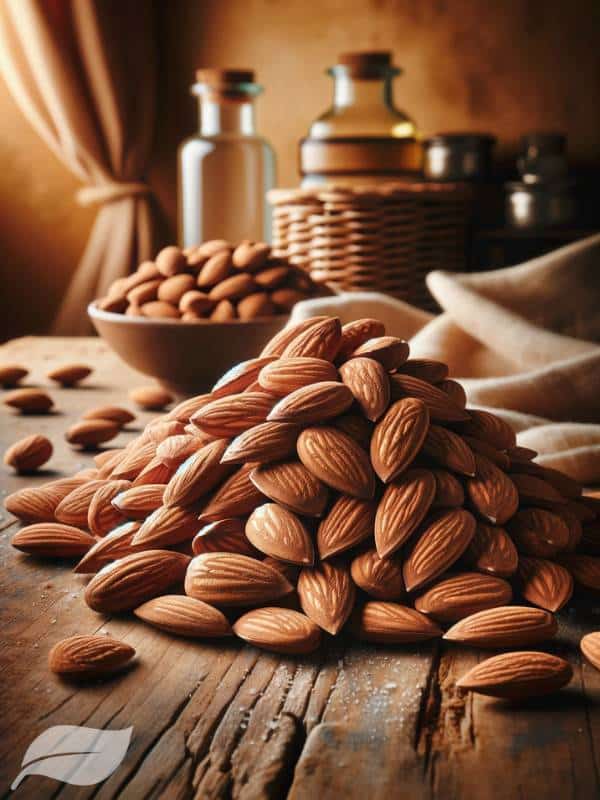
The Rich History of Traditional Tuscan Panforte Recipe
Origins in Medieval Tuscany
Early Beginnings: The roots of Panforte date back to the medieval times in Siena, a city in Tuscany.
Originally known as “Panpepato” (peppered bread), this confection was made with honey, nuts, and spices, including pepper, hence the name.
The Crusades Connection: The ingredients in Panforte, such as spices and dried fruits, are believed to have been influenced by the Crusaders’ return from the Middle East.
They brought back exotic spices and culinary techniques that were then incorporated into local Italian cuisine.
A Treat for Royalty and Festivities
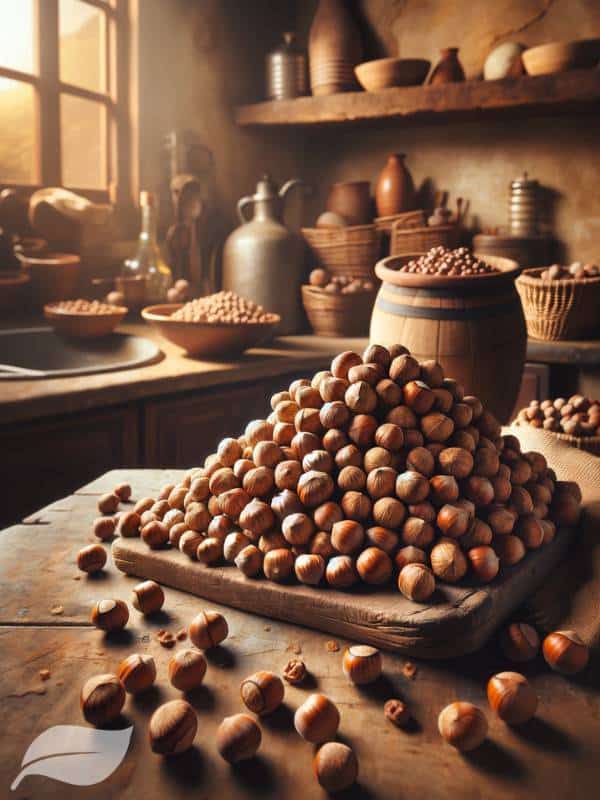
Royal Delight: Panforte was initially a luxury item enjoyed by the nobility and the wealthy.
It was often used as a tax or tribute paid to monasteries and convents.
Christmas Tradition: Over time, Panforte became synonymous with Christmas in Siena.
Its rich and dense nature made it a special treat reserved for festive occasions.
Evolution Over Centuries
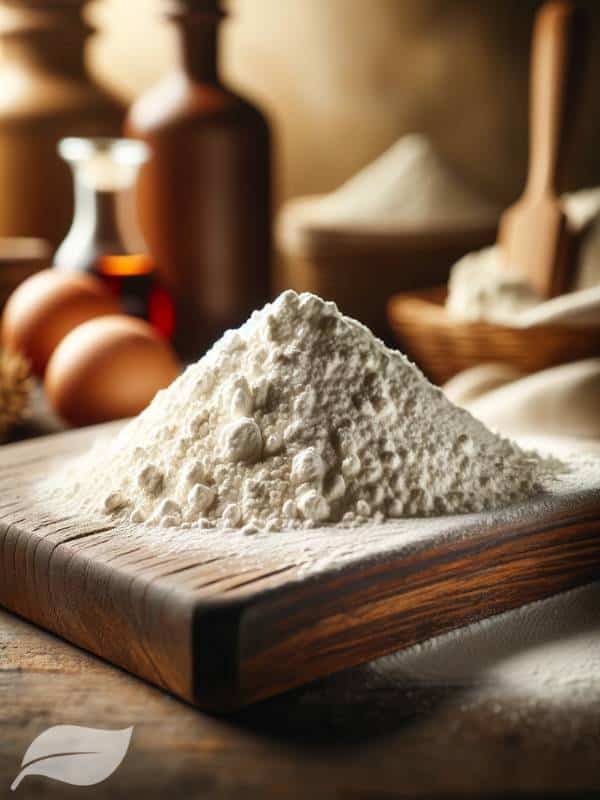
Variations Emerge: The original Panpepato evolved into what is now known as Panforte.
The pepper was eventually omitted, and more sweet ingredients like candied fruits were added.
Geographical Indication: Panforte di Siena has gained recognition as a traditional Italian product, with specific guidelines protecting its authenticity and quality.
Cultural Significance
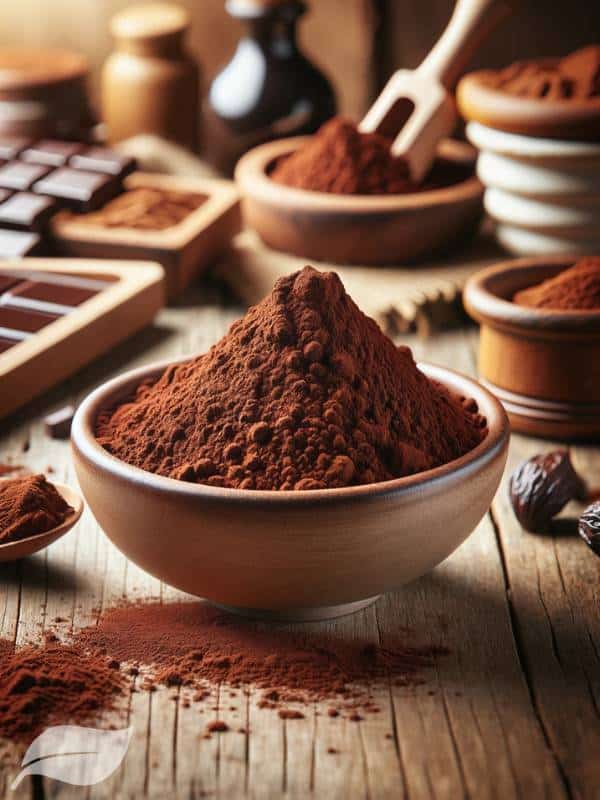
A Symbol of Siena: Panforte is not just a dessert; it’s a symbol of Sienese history and pride. It embodies the rich blend of cultures and flavors that have traversed through the region.
Global Popularity: From its humble beginnings in medieval Tuscany to international fame, Panforte has become a beloved dessert worldwide, appreciated for its unique taste and texture.
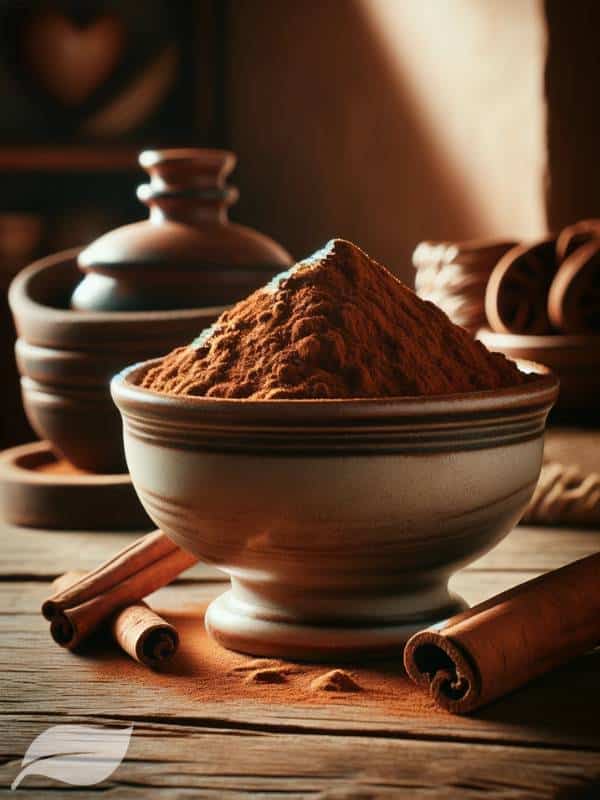
Preserving Tradition
Handcrafted Artisanal Methods: Even today, Panforte is often made using traditional methods, preserving the artisanal quality that makes it so distinct.
Festive Celebrations: Continuing its legacy, Panforte remains a staple in Italian Christmas celebrations and is enjoyed year-round by those who appreciate its rich history and delightful taste.
Conclusion
In conclusion, Traditional Tuscan Panforte is more than a dessert; it’s a slice of history, a testament to Italy’s rich and diverse culinary landscape.
Its journey from a medieval spice bread to a globally cherished confection is a remarkable story of culinary evolution and cultural significance.
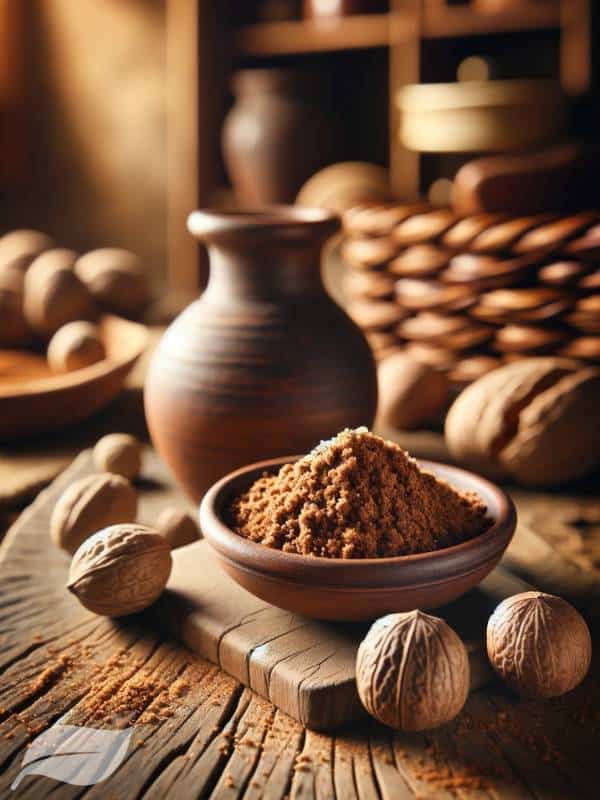
10 FAQs About Traditional Tuscan Panforte
1. Can I use other nuts in this recipe?
Absolutely! While almonds and hazelnuts are traditional, experiment with walnuts, pecans, or pistachios for a different flavor profile.
2. Is Panforte gluten-free?
By default, Panforte contains flour. However, you can make it gluten-free by substituting the regular flour with a gluten-free blend.
3. How do I know when it’s perfectly baked?
Panforte is done when the edges are firm but the center is slightly soft. It will continue to harden as it cools.
4. Can I make Panforte vegan?
Yes, you can make vegan Panforte by replacing honey with maple syrup or another plant-based sweetener.
5. What is the best way to store Panforte?
Store Panforte in an airtight container at room temperature. It can last up to four weeks.
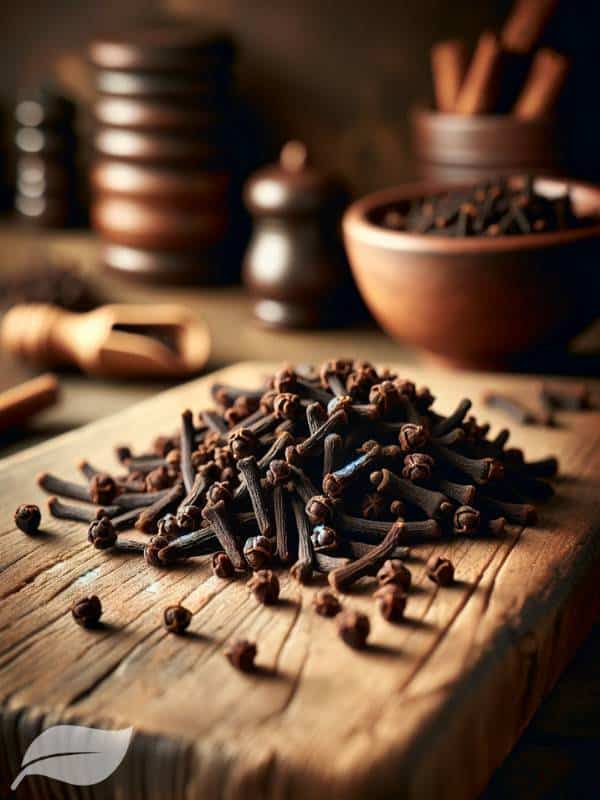
6. Can I reduce the sugar in this recipe?
While reducing sugar may alter the traditional taste and texture, you can experiment with less sugar. Just be aware that it might not be as chewy.
7. Are there any alcohol-free serving suggestions?
Certainly! Instead of pairing with Vin Santo, serve Panforte with coffee or a warm spiced cider for a non-alcoholic option.
8. Can I add chocolate to this recipe?
Yes, you can add dark chocolate chips or a layer of melted chocolate on top for a chocolatey twist.
9. What’s the difference between Panforte and fruitcake?
Panforte is denser and chewier than a traditional fruitcake and is less cake-like. It’s more about the fruits and nuts held together by a minimal amount of spiced, honey-flavored binder.
10. Is it suitable for children?
Yes, Panforte is a family-friendly dessert. However, be mindful of nut allergies and the rich, spiced flavor that might be new for young palates.
Traditional Tuscan Panforte: A Rich and Spiced Italian Dessert
12
servings30
minutes40
minutes300
kcal1
hour10
minutesIndulge in the rich flavors of Tuscany with this Traditional Tuscan Panforte recipe. A delightful blend of toasted nuts, candied fruits, and aromatic spices, this dense, chewy confection celebrates texture and taste. Perfectly balanced with the sweetness of honey and a hint of cocoa, each slice is a journey through the festive traditions of Italian cuisine. This easy-to-make Panforte will impress if you seek a special holiday dessert or a gourmet treat to accompany your espresso. Enjoy the authentic taste of Italy right from your kitchen!
Ingredients
1/2 cup 118.29 ml Honey
1 cup 200 g Sugar
1/2 cup 74.5 g Dried figs (chopped)
1/2 cup 75 g Candied orange peel
1 cup 143 g Almonds (toasted)
1/2 cup 60 g Hazelnuts (toasted)
1 cup 125 g Flour
2 tbsp 2 tbsp Cocoa powder
1 tsp 1 tsp Ground cinnamon
1/2 tsp 1/2 tsp Nutmeg
1/4 tsp 1/4 tsp Cloves
Directions
- Preheat the Oven: Preheat your oven to 300°F (150°C). Line a round baking pan with parchment paper.
- Toast the Nuts: Spread almonds and hazelnuts on a baking sheet. Toast them in the oven for about 10 minutes or until lightly golden. Let them cool and chop roughly.
- Prepare the Dry Mix: In a large bowl, whisk together flour, cocoa powder, cinnamon, nutmeg, and cloves. Add the chopped nuts, dried figs, and candied orange peel.
- Cook the Sugar Syrup: In a heavy-bottomed pan, combine honey and sugar. Heat them over medium heat until the sugar dissolves and the mixture boils.
- Combine Everything: Pour the hot syrup over the dry ingredients. Mix quickly and thoroughly.
- Bake the Panforte: Transfer the mixture to the prepared pan. Flatten it with a spatula. Bake for about 30-40 minutes. The edges should be firm, but the center will still be slightly soft.
- Cool and Serve: Let the Panforte cool entirely in the pan. Dust with powdered sugar before serving.
Notes
- Checking Doneness: The Panforte is done when it feels firm but slightly yielding. It will harden as it cools.
- Cutting: Use a sharp, heavy knife to cut the Panforte, which can be dense and sticky.
Did you make this recipe?
Tag @yournewfoods on Instagram and hashtag it with #yournewfoods
Like this recipe?
Follow @yournewfoods on Pinterest
Share our recipes with your friends
Follow us on Facebook
Make it easy to find this Traditional Tuscan Panforte Recipe again by saving the below image to your Pinterest account.
